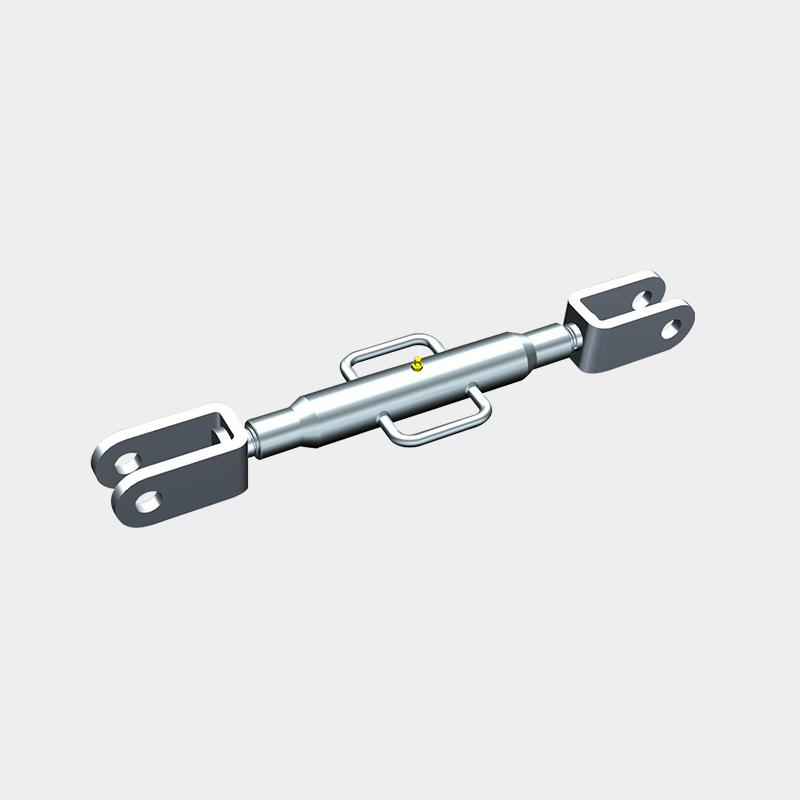Call Us
+86-13486669457Precise Implement Leveling: One of the primary advantages of the top link in a three-point hitch system is its ability to adjust the angle and orientation of attached implements. By lengthening or shortening the top link, operators can fine-tune the pitch of tools such as mowers, plows, and tillers. This ensures optimal contact with the ground and maximizes the implement's effectiveness. Proper leveling not only improves operational efficiency but also minimizes unnecessary wear and tear on the equipment, reducing maintenance costs over time. A correctly adjusted implement will perform more smoothly, reducing strain on both the tractor and the implement, thereby enhancing durability and overall productivity.
Increased Adaptability for Diverse Applications: The versatility provided by an adjustable top link allows tractors to perform a wide variety of tasks with the same attachment. Whether the job requires precision grading, mowing uneven terrain, or cultivating fields, the ability to change the tilt of an implement to suit specific tasks enhances the overall functionality of the tractor. By adjusting the angle of the top link, you can optimize the performance of your implements for different soil conditions or terrain, ensuring that the same piece of equipment can handle multiple tasks without compromising performance. This adaptability reduces the need for specialized equipment, offering a cost-effective solution for operators managing diverse agricultural or construction tasks.
Hydraulic Adjustability for Real-Time Control: Hydraulic top links add another layer of convenience and precision by allowing operators to make real-time adjustments from the tractor cab. This feature is particularly valuable when operating in dynamic environments or when performing tasks that require frequent changes in implement angle or depth, such as contour plowing or uneven mowing. With hydraulic control, adjustments can be made on the go, without the need to stop and manually alter the link, significantly reducing downtime. This boosts operational efficiency and ensures that implements are always positioned for optimal performance, regardless of changing field conditions.
Enhanced Traction and Stability: The top link plays a crucial role in adjusting the implement’s weight distribution, which in turn affects the tractor’s traction and stability. By changing the length of the top link, operators can shift more weight onto the rear wheels of the tractor or the implement itself. This redistribution improves traction, especially in challenging conditions such as wet or loose soil, and enhances the tractor’s pulling power. In addition, better weight distribution contributes to greater stability, reducing the risk of tipping or uneven operation when navigating slopes or rough terrain. Proper top link adjustments ensure the tractor maintains a balanced and controlled operation, even under heavy workloads.
Improved Control Over Implement Depth: Implement depth is a critical factor in the performance of ground-engaging tools like plows, cultivators, or subsoilers. By adjusting the length of the top link, operators can precisely control the depth at which an implement penetrates the soil. This is especially important for achieving uniform planting depth, tillage consistency, or subsoil treatment. Proper depth control also helps reduce fuel consumption by preventing the implement from digging too deep into the ground, which would otherwise increase drag and require more power. The ability to make fine adjustments to implement depth enhances the efficiency of operations, leading to better field results and higher crop yields.
Lift Arm Leveling Assembly Tractor Lift Arm


 中文简体
中文简体
 English
English









